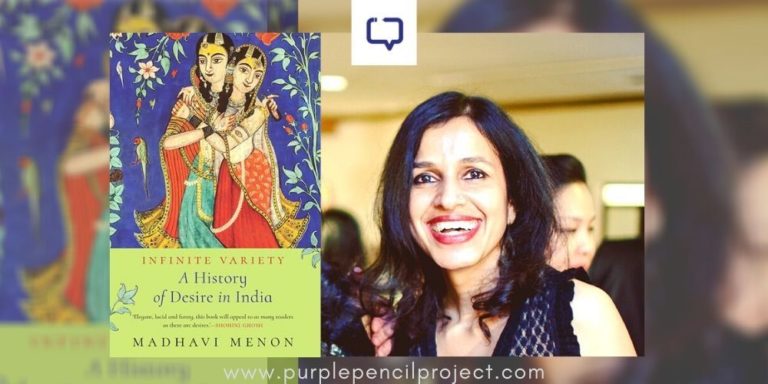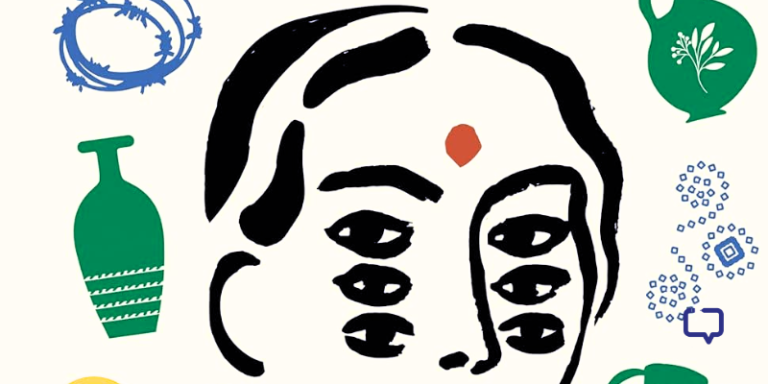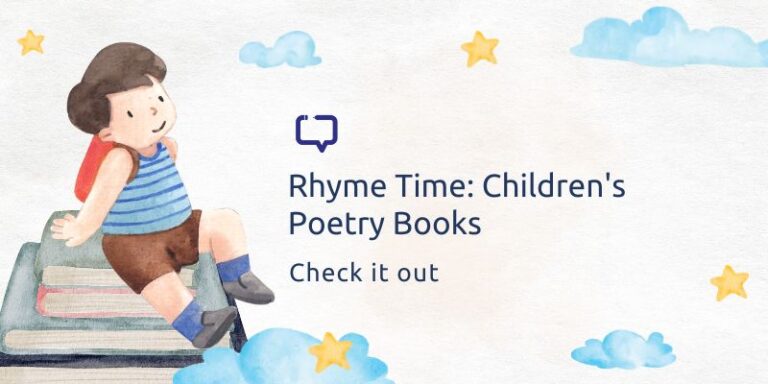How the Onion got its Layers is a 45-page children’s book by Sudha Murty, about a princess and her kingdom.
It is magical looking, if slightly gendered, traditional and old-timey in its representation – the clothes are saris and blouses, the jewellery all gold, the girls with two chotis (plated hair).
We encourage you to buy books from a local bookstore. If that is not possible, please use the links on the page and support us. Thank you.
Not sure if this was an artistic decision by the illustrator or the author, but it could definitely have been a more modern and relatable tale with a wardrobe upgrade. It may be slightly difficult to engage a young girl who does not relate to the clothes and accessories they are seeing on the pages.
There may or may not be a moral hidden in this, but I would not recommend it for that.
Illustrations
That said, the artwork itself in How the Onion got its Layers is stunning and eye-catching. The illustrations are by Priyanka Pachpande, a Pune based artist. With the use of watercolor and sharp, detailed ink strokes, she creates a rich world.
Her inclusion of traditional Indian prints such as bandhani, leheriya (and perhaps others which I did not recognize) add an authenticity to the tale. This is important because the story revolves around clothes.
At some point, some of the jewellery begins to lose distinctness, but the depictions of the forest, and the goddess, more than make up for it – they are the highlight of the story.
The overall mood – pastel and muted – creates a warm and welcoming world.
Favourite illustration:
You can see two types of bandhani, a leheriya, something that looks like ikkat too. Lovely! The book cover too, as you can see in the feature image, is capitivating.
Final Verdict:
There is something about the onion which evokes so many artistic responses, and this one is an imaginative addition to it and Panchpande’s illustrations add to its flavour. I would encourage parents to read How the Onion got its Layers to girls and boys, although chances are that the images are too gendered to appeal visually to both.
Suggestions























2 Responses
The author’s How The Sea became Salty made a pretty good read. Would have loved to read this one too if not for the gendered images for in a kid’s book the illustrations are as important, if not more than the story itself.
That’s true. Thanks for the suggestion to our readers.